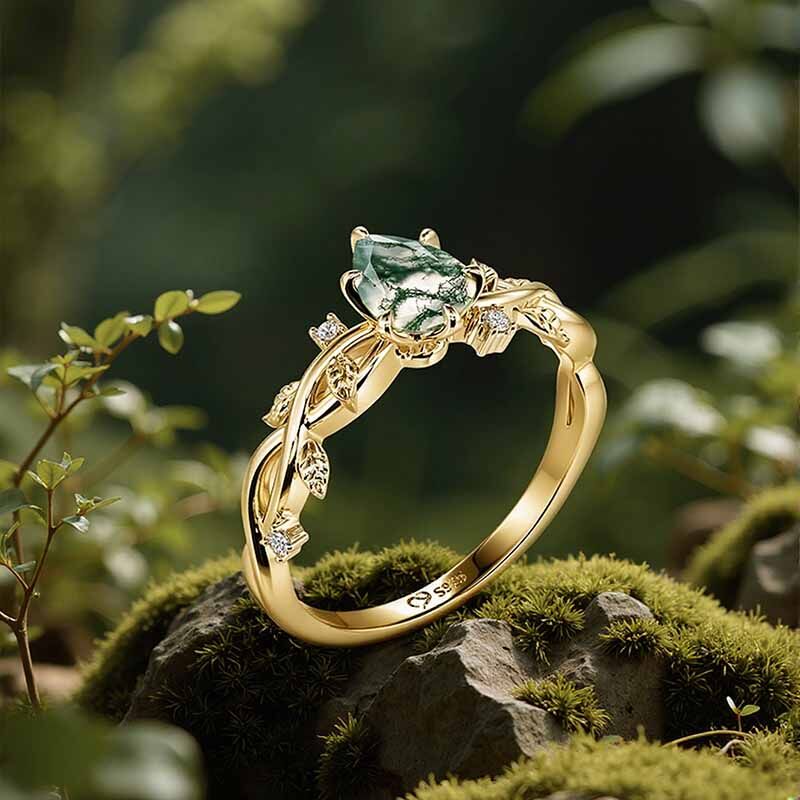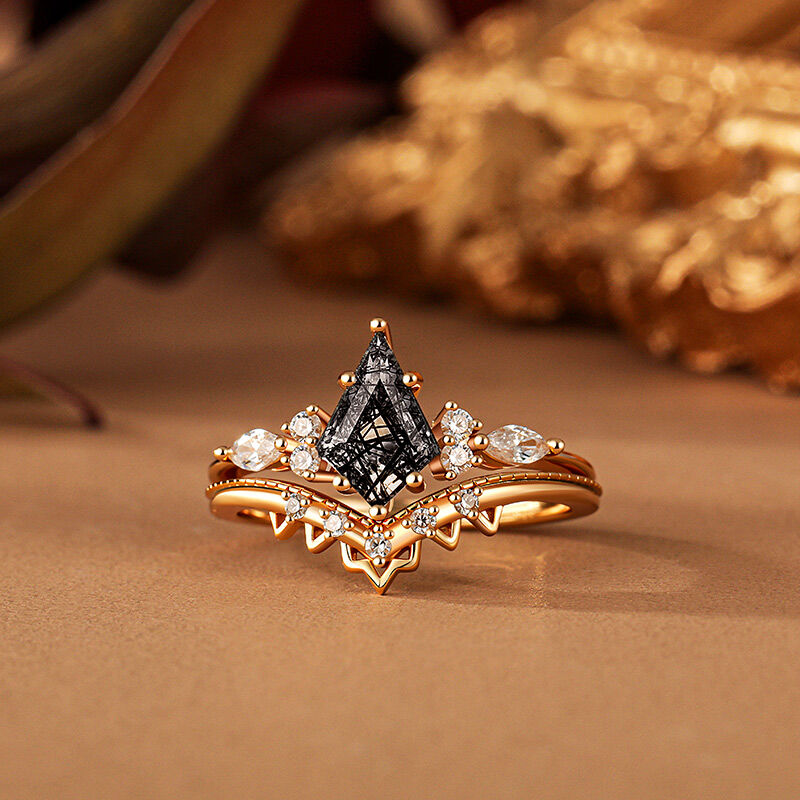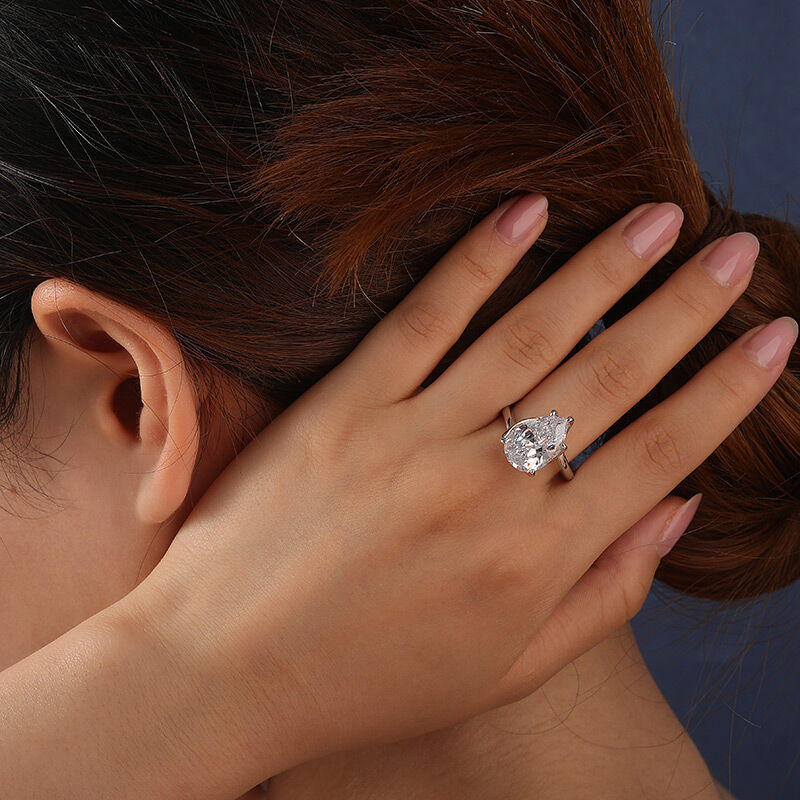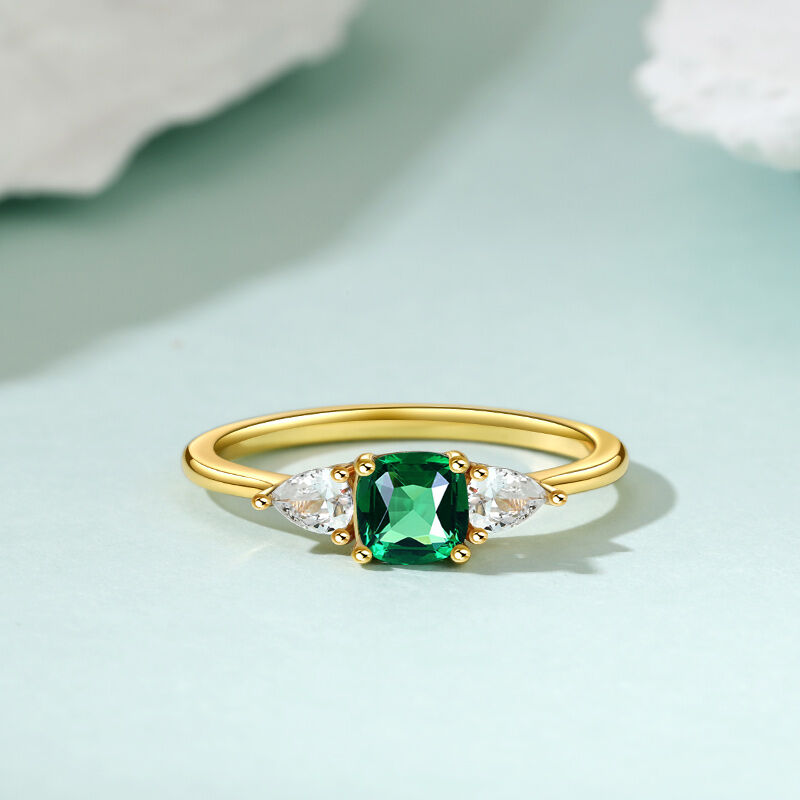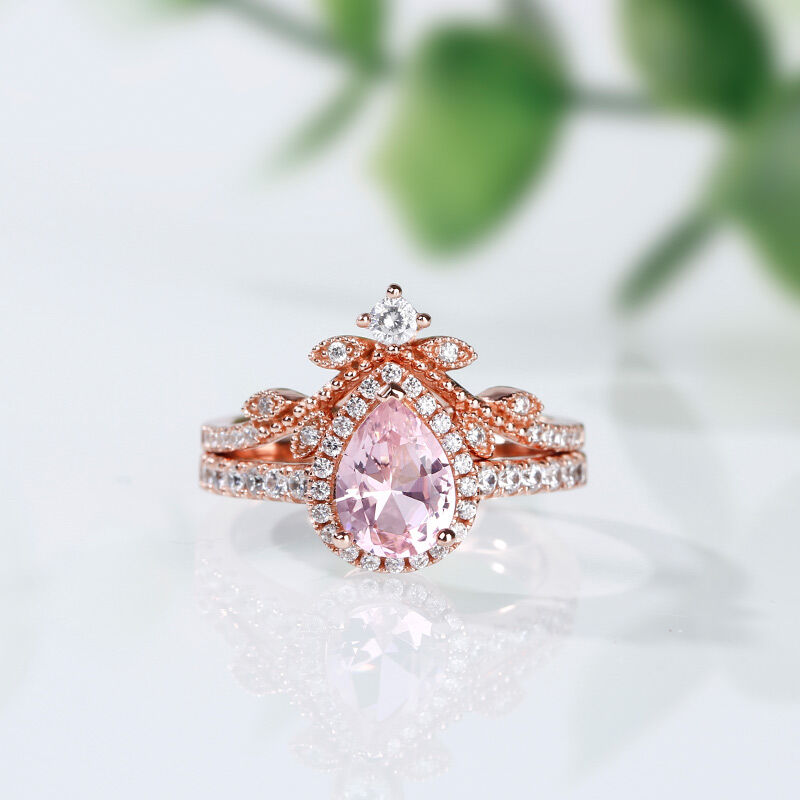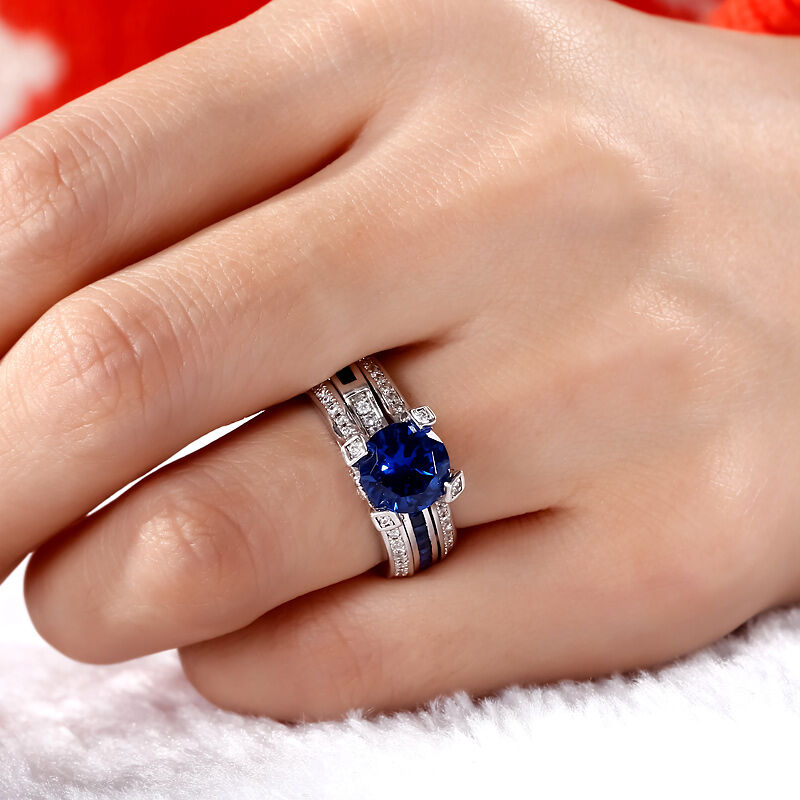Jeulia Latest Design
Jeulia latest design for you with unique graphic online, shows you the ruby heart, animal hug, butterfly and flower, sea world protection, and art deco jewelry to match different requirement. you can choose some cool jewelry for your family and friends at jeulia.com.
-
Hug Me® : a cute animal hug a heart for you or couples, a honey dog, elephant, rabbit or bear …
-
Starry Night®: Vincent Willem van Gogh, the Dutch post-impressionist painter, pave and cluster for your jewelry.
-
Dreamy Garden®: Flower and leaf was in a new world with jewelry, Flower jewelry was was in your daily life when wearing;
-
Hidlove®: Hide your love in the photo customized jewelry for your families, improve your duty about family.
-
Fluttering Allure®: imagination takes flight with exquisite flying jewelry pieces. With just a gentle touch of your finger, these jewelry pieces unfold their delicate wings, showcasing the joy of soaring through the air.
-
Skull: Skull jewelry for men is a good choice to resistes Resist evil, to own more strength.

